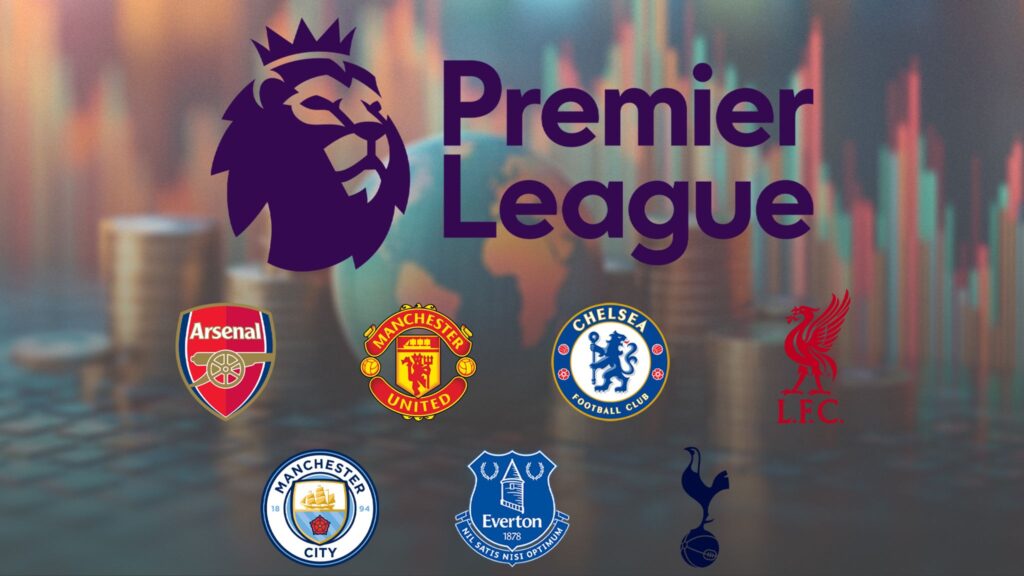The Premier League 2025-26 season kicks off with its usual energy, excitement, and unpredictability. The opening weekend offers a fresh wave of anticipation, yet this year’s campaign feels different. Beneath the glitz and goals, there are signs of shifting power in global football and questions about how long the league’s dominance can last.
This summer has seen unprecedented spending, with clubs pouring more than £2bn into transfers already the second-highest figure ever, with two weeks still to go. Liverpool lead the charge with £253m spent to refresh their title-winning squad, while Arsenal, Manchester United, and Chelsea have all crossed the £200m mark. Many clubs have opted for high-value, attack-minded signings with future resale potential, such as Florian Wirtz, Hugo Ekitiké, and Benjamin Sesko.
Yet beyond the spending spree, the Premier League faces new threats to its power. FIFA’s expanded, Saudi-backed Club World Cup is poised to reshape financial priorities, while the revamped Champions League adds further demands on top clubs. The league’s own streaming platform and foreign leagues staging matches abroad hint at an evolving competitive landscape where old broadcasting and territorial models no longer feel untouchable.
On the pitch, the title race is expected to be fought between Liverpool, Manchester City, Arsenal, and Chelsea. Liverpool’s challenge lies in rebuilding while defending their crown. City, with new signings like Tijjani Reijnders, must adapt after losing key staff and experience. Arsenal boast the league’s best defence, a reinforced midfield, and a lethal new striker, while Chelsea appear rejuvenated with a strong midfield and sharper attack.
Below them, Newcastle remain competitive despite frustration over recruitment, and Aston Villa look set for a deep Europa League run. Manchester United have bolstered their frontline but still face midfield concerns. The mid-table pack Brighton, Brentford, Bournemouth, Crystal Palace, Everton, and Fulham will aim to maintain stability despite the loss of key players. Spurs, West Ham, and Nottingham Forest each face questions of patience, adaptation, and squad depth.
At the bottom, Burnley’s more pragmatic approach, Leeds’ team spirit, and Sunderland’s return will be tested against survival demands. Wolves may need an unexpected spark to avoid trouble.
This season may ultimately reflect a familiar hierarchy, but with global football shifting beneath its feet, the Premier League enters 2025-26 not just as a spectacle, but as a competition standing at the edge of change.

